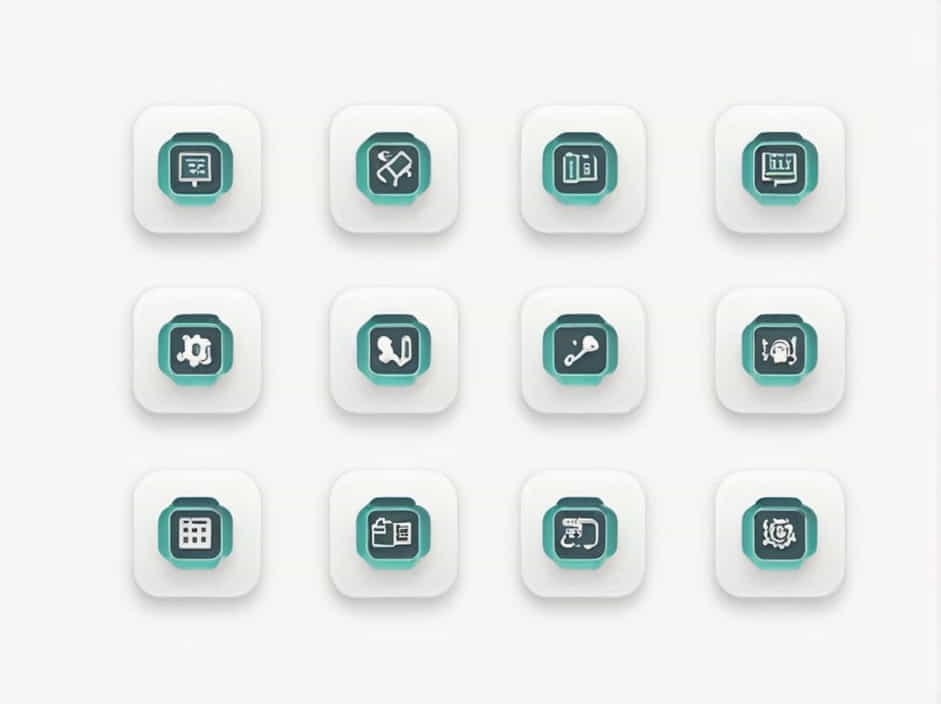Typography plays a crucial role in design, branding, and communication. Among the many font styles available, slab serif fonts stand out for their bold and strong appearance. These fonts have been widely used in advertising, headlines, and even digital design.
This topic explores what slab serif fonts are, their history, characteristics, uses, and popular examples.
What Is a Slab Serif Font?
A slab serif font is a type of serif font characterized by thick, block-like serifs. Unlike traditional serif fonts, which have delicate and tapered serifs, slab serif fonts feature heavy, squared-off serifs that give them a bold and sturdy look.
Slab serif fonts are often used in contexts where designers want to create a strong, authoritative, and confident impression.
Key Characteristics of Slab Serif Fonts
To better understand slab serif fonts, let’s explore their defining features:
1. Thick and Blocky Serifs
The most distinctive feature of slab serif fonts is their thick, rectangular serifs. These serifs are much bolder than those in traditional serif fonts like Times New Roman.
2. High Readability
Despite their heavy appearance, many slab serif fonts are highly readable, making them suitable for headlines, signage, and branding.
3. Strong and Bold Aesthetic
Slab serif fonts create a powerful visual impact. They often convey strength, confidence, and stability, making them popular for sports, business, and technology brands.
4. Geometric or Rounded Variations
Some slab serif fonts have a geometric structure, while others feature rounded corners for a softer look. This variety makes them versatile for different design styles.
5. Modern Yet Classic Appeal
Slab serif fonts blend elements of classic typography with a modern, contemporary feel. This makes them widely used in both traditional print and digital media.
The History of Slab Serif Fonts
Slab serif fonts originated in the early 19th century, during the rise of advertising and commercial printing. Here’s a brief history of their development:
1. Early 1800s – The Birth of Slab Serif Fonts
The first slab serif fonts appeared in the 1800s, primarily used for posters, newspapers, and advertisements. The bold and blocky style made them highly visible from a distance.
2. 20th Century – Growth in Popularity
In the 20th century, slab serif fonts gained traction in branding, corporate identity, and magazine design. Their ability to create a strong impact made them popular among designers.
3. Digital Age – Continued Relevance
With the rise of digital design, slab serif fonts evolved to fit modern needs. They are now widely used in web design, UI/UX design, and mobile apps due to their legibility and versatility.
Popular Uses of Slab Serif Fonts
Slab serif fonts are used across various industries and design applications. Here are some common uses:
1. Branding and Logos
Many companies use slab serif fonts for their logos and branding to project confidence, reliability, and strength. Examples include Honda, Volvo, and Sony.
2. Advertising and Posters
Slab serif fonts are commonly seen in billboards, posters, and magazine ads, where bold typography is necessary to grab attention.
3. Editorial and Publishing
Magazines and newspapers often use slab serif fonts for headlines and subheadings, as they provide a sense of authority and clarity.
4. Web and UI/UX Design
With the increasing focus on typography in web design, many designers incorporate slab serif fonts into website headers, call-to-action buttons, and mobile apps.
5. Sports and Entertainment
The strong, bold nature of slab serif fonts makes them ideal for sports team logos, movie posters, and gaming brands.
Famous Slab Serif Fonts
Here are some well-known slab serif fonts that have been widely used in design:
1. Rockwell
One of the most famous slab serif fonts, Rockwell is known for its geometric structure and balanced proportions. It’s often used in editorial design and advertising.
2. Clarendon
Clarendon has a slightly rounded and elegant look, making it a favorite for branding and publishing.
3. Memphis
Memphis is a modern slab serif that features a clean, structured appearance, often used in corporate branding.
4. Lubalin Graph
Designed by Herb Lubalin, this font blends modernism with a slab serif aesthetic, making it popular in graphic design and logos.
5. Courier
Courier is a monospaced slab serif font, commonly associated with typewriters and coding.
How to Choose the Right Slab Serif Font
When selecting a slab serif font for a project, consider the following factors:
1. Purpose and Context
- Use bold and geometric slab serifs for logos and advertising.
- Choose softer, rounded slab serifs for editorial or UI design.
2. Readability
- Ensure the font is legible at different sizes.
- Avoid overly complex or decorative styles that may hinder readability.
3. Personality and Brand Identity
- A strong, structured slab serif conveys authority and confidence.
- A more rounded style gives a friendly and approachable feel.
4. Compatibility with Other Fonts
- Slab serif fonts pair well with sans-serif fonts for contrast.
- Avoid using multiple slab serif fonts in the same design.
Slab serif fonts are a bold, powerful, and versatile typography choice used in branding, advertising, publishing, and digital design. Their blocky serifs, high readability, and strong presence make them a favorite among designers.
Whether you’re creating a logo, a website, or an editorial layout, slab serif fonts offer a classic yet modern appeal that can elevate your design. By understanding their history, characteristics, and applications, you can make an informed choice in using slab serif fonts effectively.
